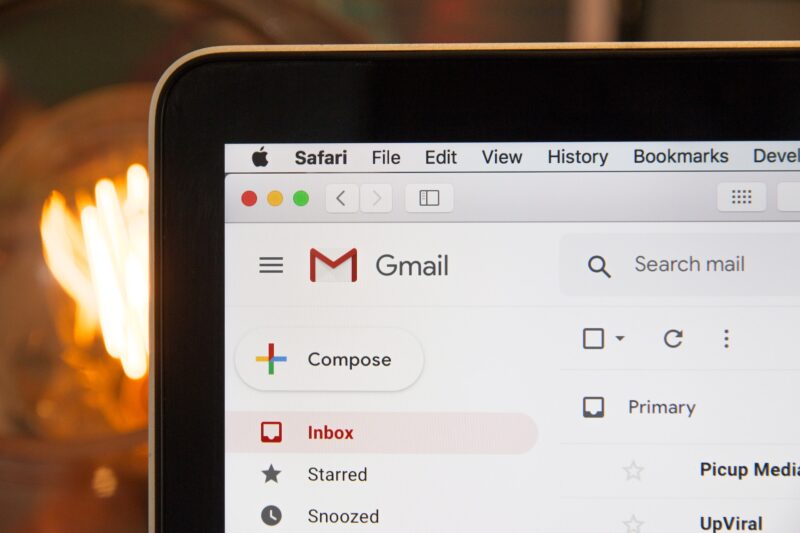Email marketing has long been a cornerstone of digital marketing strategies. It offers a direct line of communication to your audience’s inbox, allowing you to deliver tailored content and promotions right into their hands. However, to harness the full potential of email marketing, you need a well-crafted plan. In this comprehensive guide, we’ll walk you through the process of creating and optimizing email marketing campaigns for your business.
Why Email Marketing Matters
Before diving into the mechanics of email marketing, let’s explore why it’s an invaluable tool for businesses.
- Direct Communication: Unlike many marketing channels that rely on algorithms or third-party platforms, email provides a direct link to your audience. It’s a personal channel that’s both trusted and reliable.
- Audience Engagement: Email campaigns allow you to engage your audience in a more personalized way. You can tailor content to their preferences, making it more relevant and appealing.
- Conversion Power: Email marketing boasts high conversion rates. A well-timed and well-targeted email can lead to immediate conversions, whether it’s making a purchase, signing up for an event, or downloading a resource.
- Cost-Effective: Compared to other marketing avenues, email marketing is cost-effective. You don’t need a large budget to launch successful campaigns, and the return on investment can be substantial.
Creating an Effective Email Marketing Campaign
Here are the steps to create a successful email marketing campaign:
- Define Your Goals: Start with a clear understanding of your campaign objectives. Are you looking to drive sales, increase website traffic, build brand awareness, or nurture leads?
- Audience Segmentation: Divide your email list into segments based on factors like demographics, purchase history, or engagement level. Tailor your content to each segment’s specific interests and needs.
- Compelling Subject Lines: Your subject line is the first thing recipients see. Craft attention-grabbing and relevant subject lines to encourage opens.
- Engaging Content: Your email content should be relevant, valuable, and engaging. It’s not just about promoting your product or service; it’s about providing solutions to your audience’s problems.
- Clear Call to Action (CTA): Each email should have a clear CTA. Whether it’s to shop now, learn more, or download, make sure your audience knows what you want them to do.
- Responsive Design: Ensure your emails are mobile-responsive. Many users check their emails on smartphones, and a non-responsive design can lead to lost opportunities.
- A/B Testing: Experiment with different elements of your emails, such as subject lines, content, and CTA buttons. A/B testing helps you identify what works best for your audience.
- Monitor and Analyze: Use analytics to track your campaign’s performance. Metrics like open rates, click-through rates, and conversion rates can provide insights for future improvements.
Optimizing for Success
Once you’ve set your campaign in motion, optimization is an ongoing process. Here’s how to refine your strategy:
Personalization: Personalize your emails to make recipients feel like you’re speaking directly to them. Use their names and offer tailored recommendations.
Testing and Refinement: Continuously A/B test different elements of your emails, from content to design, to see what resonates most with your audience.
Clean Your List: Regularly remove inactive subscribers or those who have unsubscribed. A smaller, engaged list is more valuable than a large, unengaged one.
Automated Workflows: Implement automated email workflows for tasks like onboarding new subscribers, nurturing leads, or re-engaging lapsed customers.
Segmentation: Refine your segmentation strategy as your email list grows. The more targeted your emails, the better they’ll perform.
Mobile Optimization: Keep up with mobile trends and ensure your emails are always optimized for mobile devices.
Compliance: Stay up-to-date with email marketing regulations like the CAN-SPAM Act and GDPR. Non-compliance can lead to legal troubles and damage your reputation.
Email marketing is a dynamic and versatile tool that can deliver significant results for your business when used effectively. With this comprehensive guide, you’re equipped to create, optimize, and refine email marketing campaigns that engage your audience, drive conversions, and contribute to your business’s growth.



